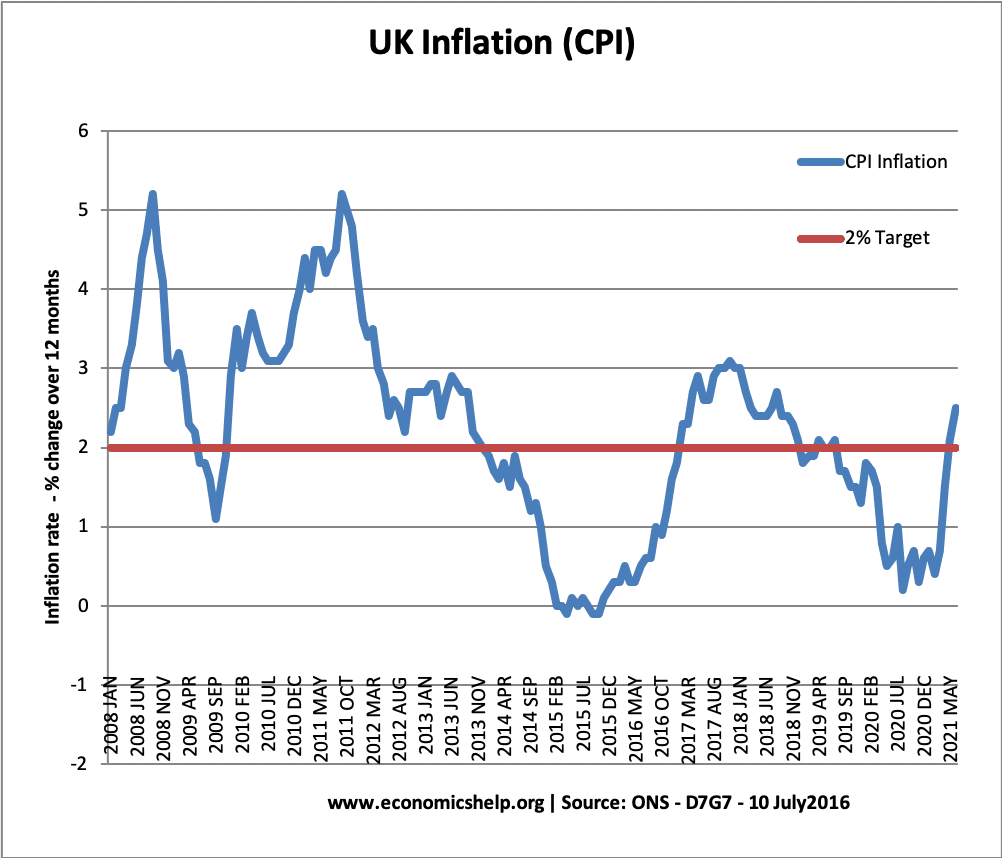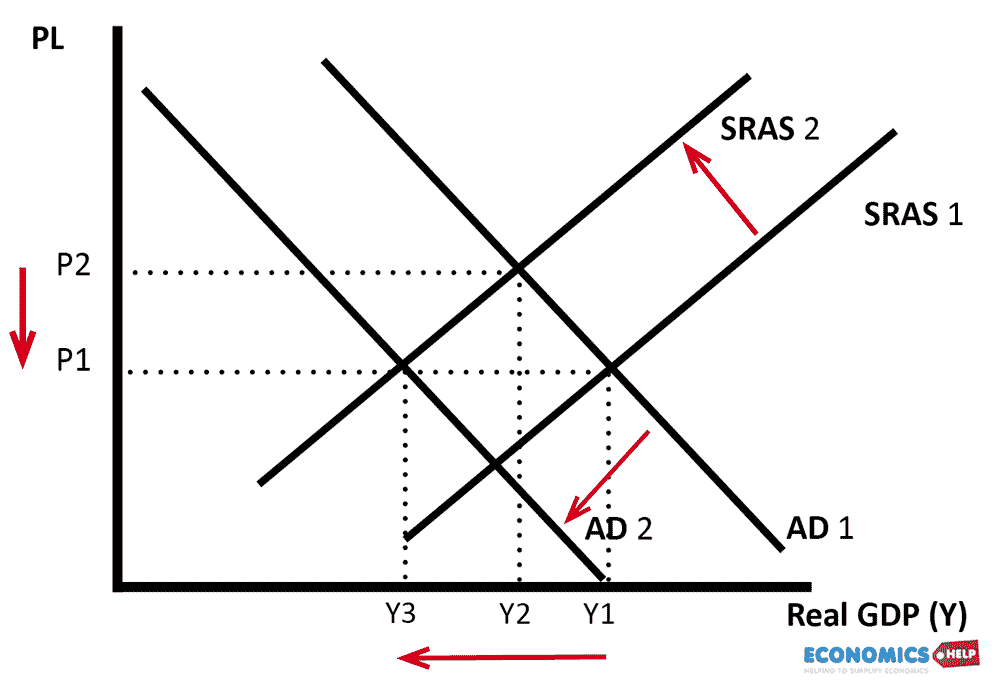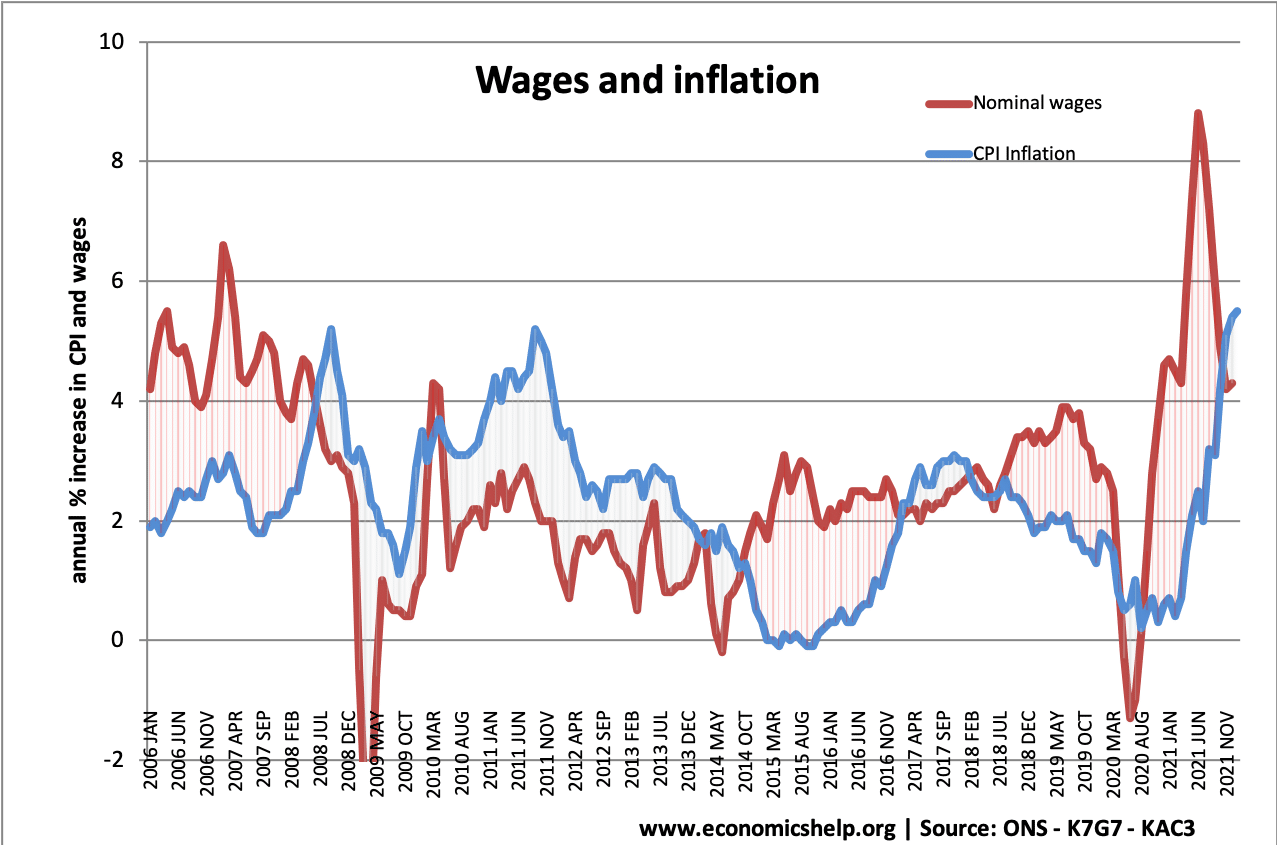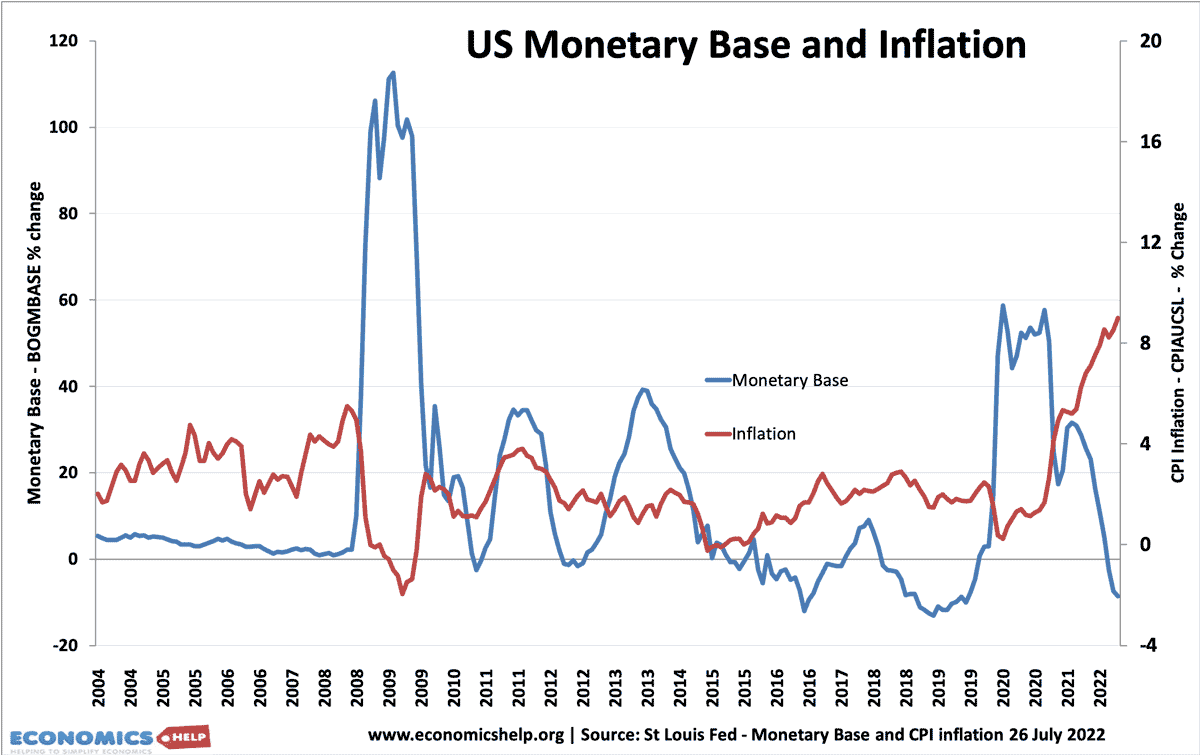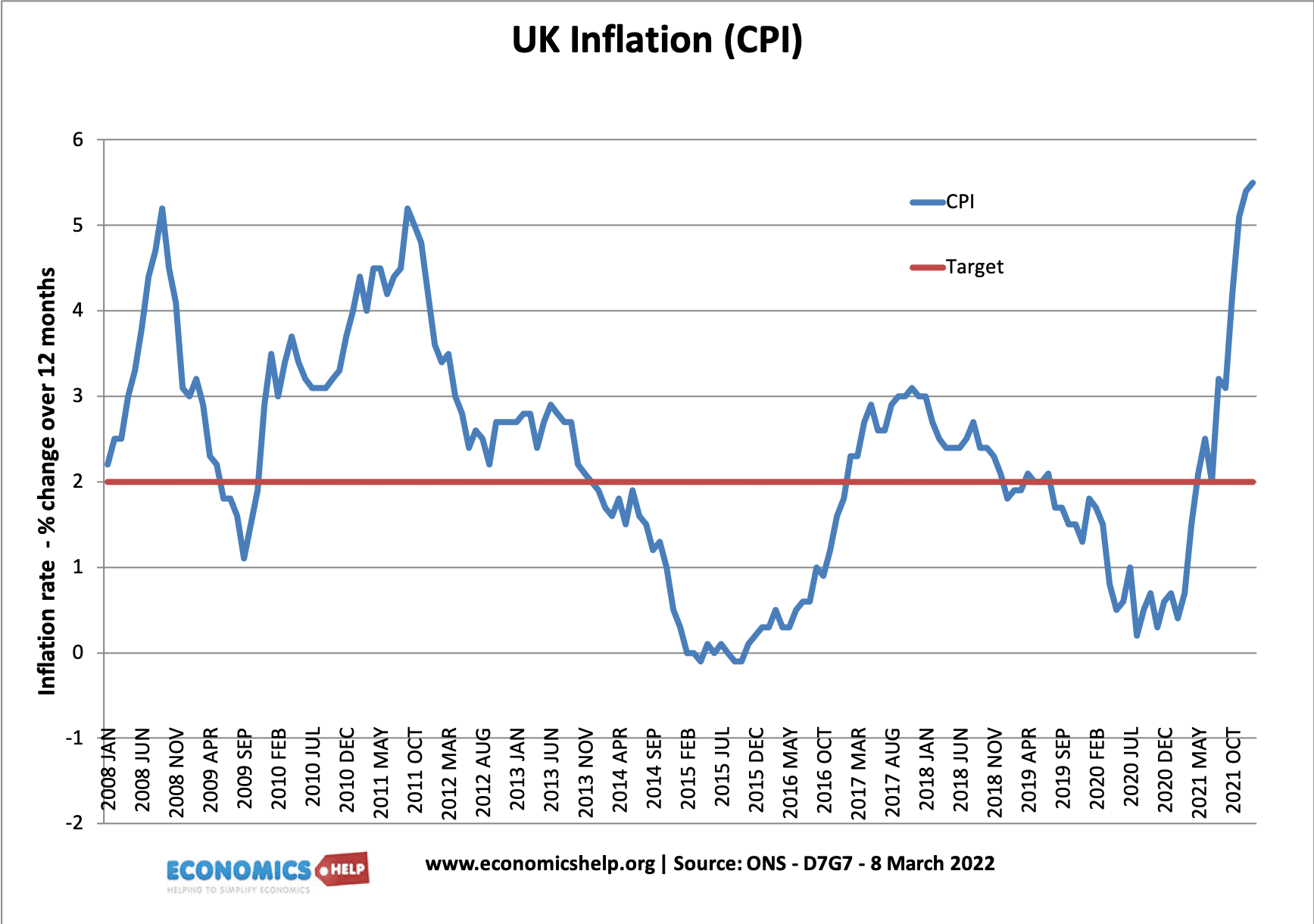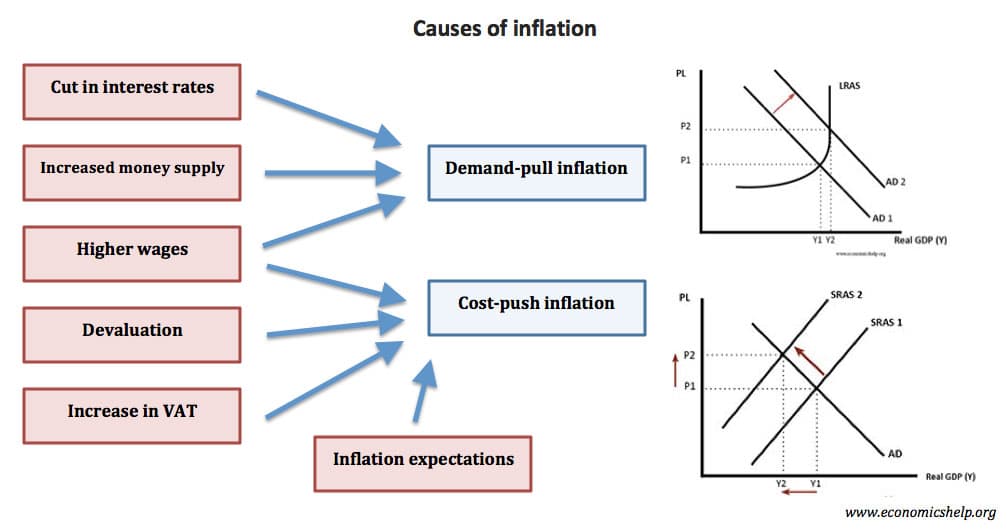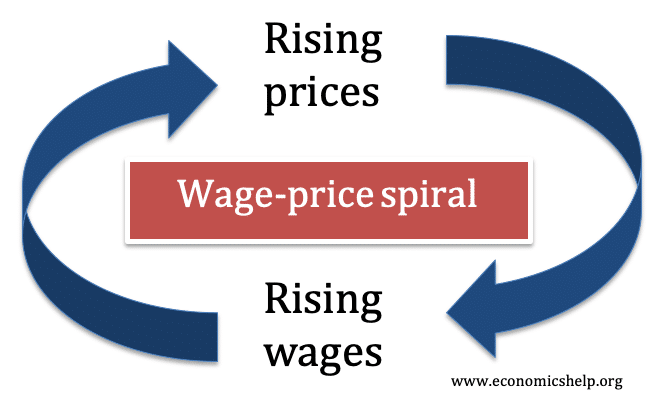UK Inflation Rate and Graphs
Current UK Inflation Rate CPI inflation rate: 2.3% (headline rate) CPI – D7G7 at ONS Source: Raw data General inflation tables | CPI annual % change D7G7 at ONS Other measures of inflation (CPIH) CPI including owner occupiers’ housing costs – 6.2% (CPIH – L550) See: Measures of inflation Reasons for low inflation in …

